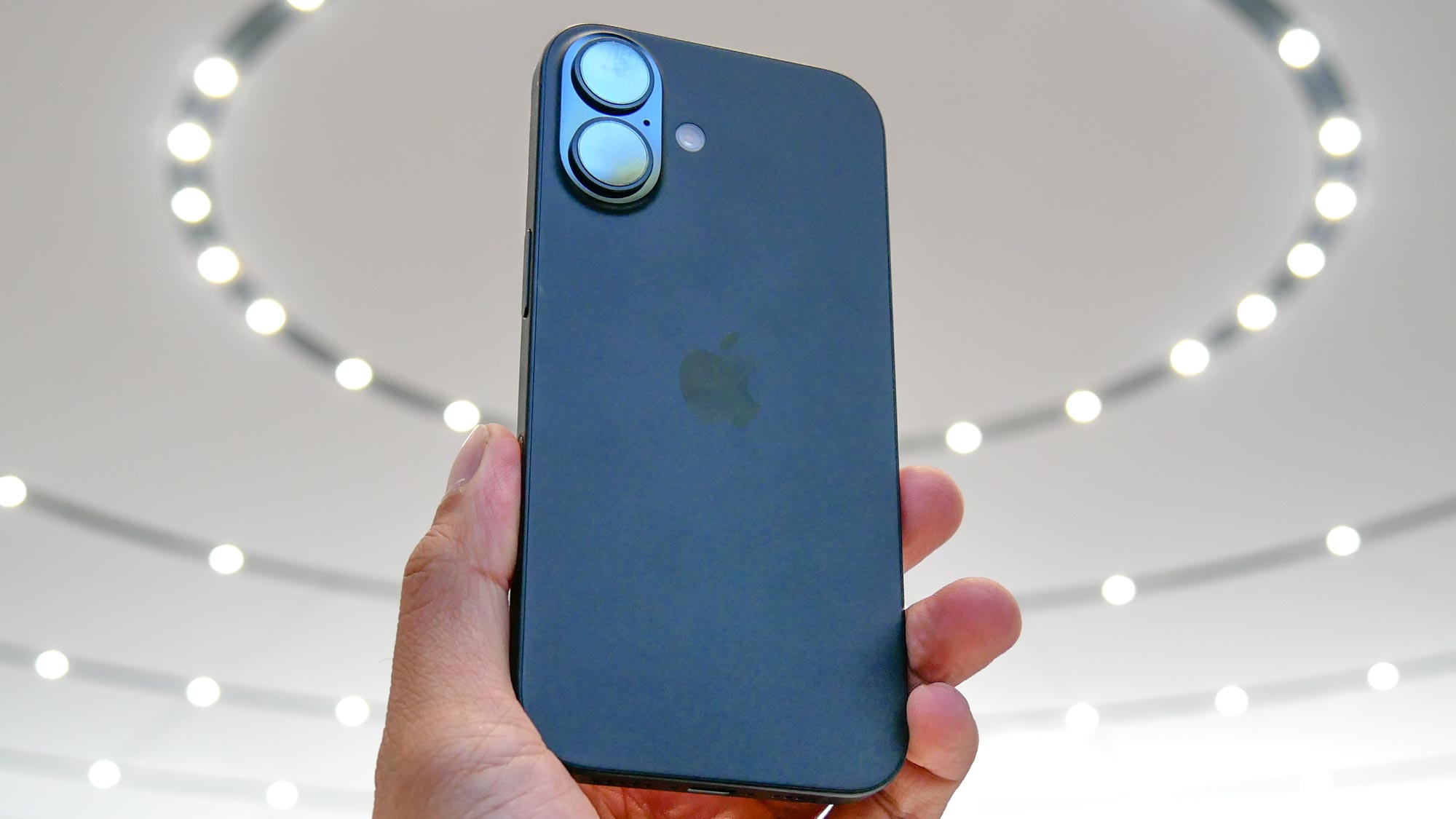iPhone 16 could be the most repairable iPhone ever — here’s how
Apple's made big changes to how repairs of various parts are made

Apple’s done a lot to make iPhones easier to repair over the years, especially with things like the Self Repair Program and a redesign that allows repair technicians to open iPhones from the front or back — depending on the repair in question. But with the iPhone 16, Apple has confirmed it’s taking repairability to a whole new level.
According to Apple, the iPhone 16 has been designed for longevity in mind, following three core tenets: Durability, repairability and ongoing software updates. Durability and ongoing software updates are both things Apple has been doing for many years now, and this year has seen some key changes to improve the repairability aspect of the phone.
Easier battery repairs
The first is that it should be significantly easier to remove the battery from the iPhone 16. In the past batteries were glued in place, and the adhesive strips used had a reputation for being very difficult to remove. iPhone 16’s battery is held in place by an “ionic liquid battery adhesive” which detaches after being exposed to a low voltage electrical current.
This is something that had been rumored ahead of the iPhone 16 launch, with speculation that it could be down to incoming EU legislation about battery replacement. Whatever the reason, it is indeed real — and Apple claims something as simple as a 9-volt battery can provide the necessary current to release the battery.
Repair Assistant & Diagnostics
Apple’s also launching a new Repair Assistant in iOS 18, which makes it possible for users and third party repair techs to configure Apple parts directly on the device — a process that previously required you to get in touch with Apple directly. This coincides with the ability to more easily repair specialist components as well.
It’s now possible to do on-device configuration for the TrueDepth camera on iPhone 12s and newer, without needing to be tethered to a Mac at the same time. It’s also to swap the TrueDepth camera from one iPhone 16 (or iPhone 16 Pro) to another. FInally iPhone 16 Pro models now have “simplified access” to some components, though we don’t know specifics. All Apple has revealed is that the LiDAR sensor is now serviceable with the rear camera module.
iOS 18 also features a new tool called Apple Diagnostics for Repair on-device. This allows you to diagnose problems and work out which parts need replacing without having to rely on a second device to do it.
Get instant access to breaking news, the hottest reviews, great deals and helpful tips.
Better used and third party part support
Finally Apple is improving support for third party parts, and used Apple parts for repairs. Used parts can be officially calibrated via Apple’s cloud-based servers, and will be marked as “used” in the repair history. Third party parts still can’t be calibrated, but your iPhone 16 should try to activate the part so that it works “to its full capability”.
Apple has confirmed that future software updates will activate True Tone on third party displays, as well as battery health on third party batteries. The LiDAR sensor will also continue to work if you replace it without reconfiguring the replacement — though performance may vary.
Frankly better support for anything other than brand new genuine parts can only be a good thing. As we’ve seen in the Apple Self Repair store, official parts can be very expensive — which may price out some users. So the fact they can resort to (presumably) lower cost options without losing any critical features on their phone is a big step forward for Apple.
More from Tom's Guide
- iOS 18 arrives — here's how to download the iPhone software update
- iOS 18 fixes urgent security flaws for millions — update your iPhone right now
- The copycats cometh — 3 Android phone makers announce iPhone 16-esque camera control buttons

Tom is the Tom's Guide's UK Phones Editor, tackling the latest smartphone news and vocally expressing his opinions about upcoming features or changes. It's long way from his days as editor of Gizmodo UK, when pretty much everything was on the table. He’s usually found trying to squeeze another giant Lego set onto the shelf, draining very large cups of coffee, or complaining about how terrible his Smart TV is.
